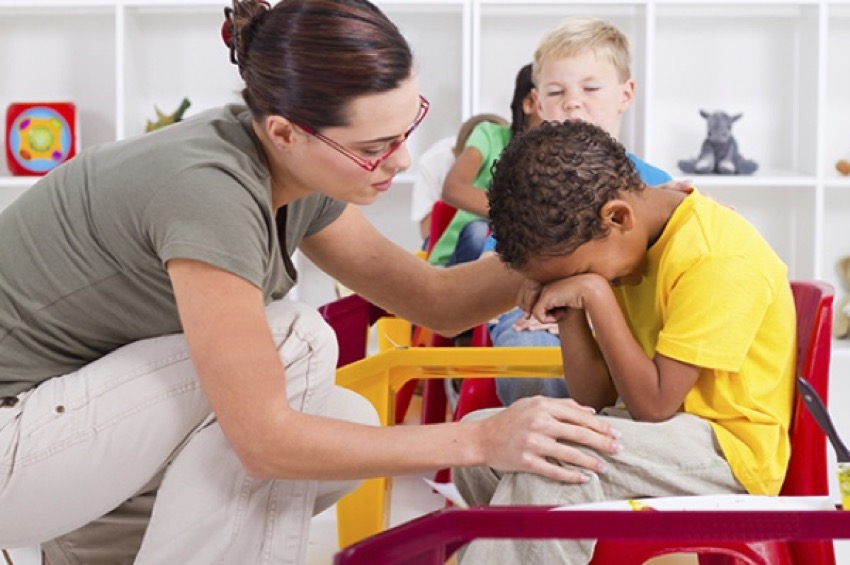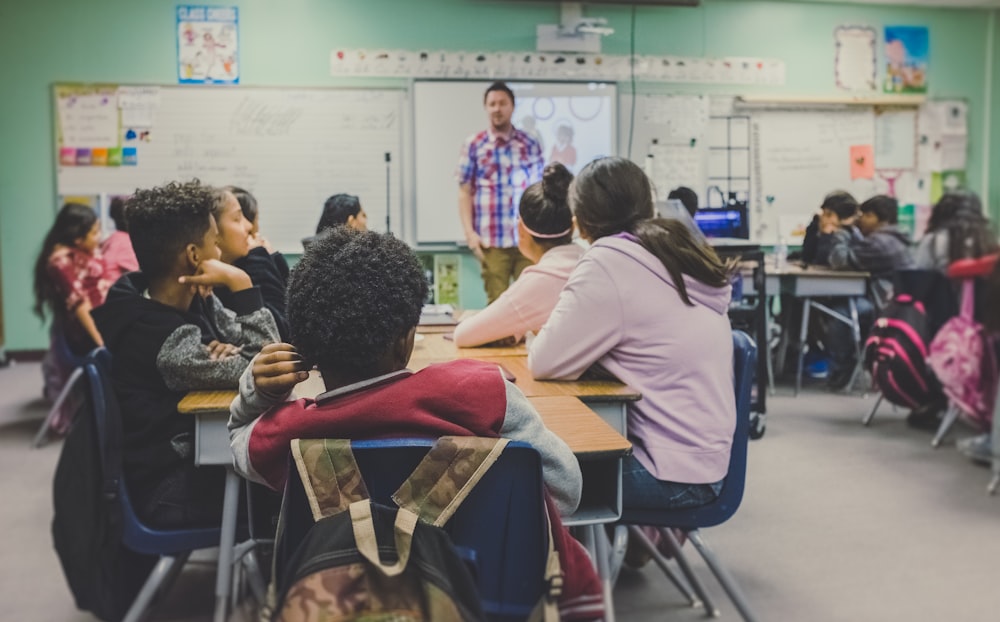
Challenging student behavior can be disruptive, stress inducing, and difficult to manage in a classroom setting. Negative student behavior can come from many external or internal factors. Student behavior may be attributed to the classroom environment or may be due to a psychological, biological, or medical condition. When trying to understand why a student is acting a certain way, it is key to examine all aspects of a child’s well being. Finding the root cause can significantly aid in the design and application of an intervention that best meets the students needs.
